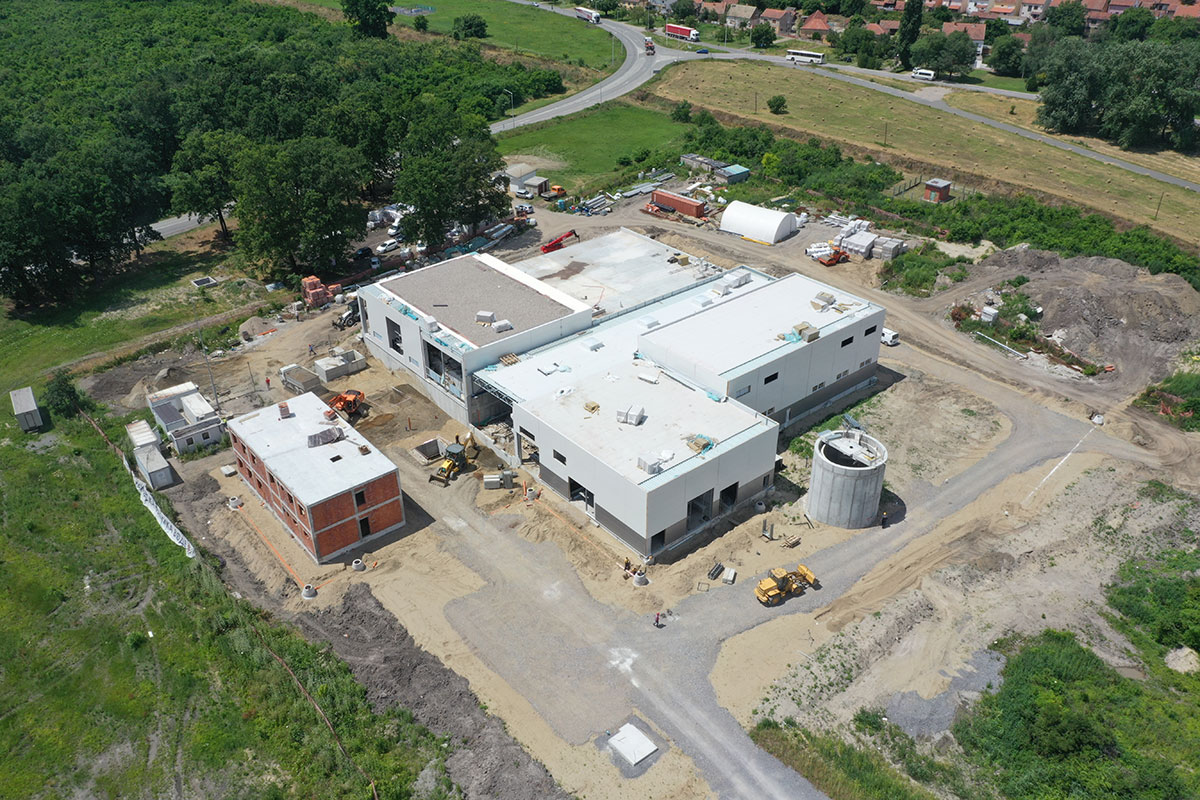KfW Projects in Serbia

Water Supply and Wastewater Treatment Water in Medium-Sized Municipalities in Serbia – Programs I, II and V (water supply + small wastewater component)
Donor: Federal Ministry for Economic Cooperation and Development (BMZ)
Partners: Ministry of Construction, Transport and Infrastructure
Project period: 2008 – (end of) 2023
Challenges before the start of the programmes
- Leaking distribution networks, old house connections and inadequate measuring systems cause water losses of 30-60%.
- Water quality does not meet World Health Organization standards, rivers and groundwater are heavily polluted.
- In almost all participating municipalities, the wastewater is collected in the public sewer system and then discharged into rivers without treatment in sewage treatment plants.
- The tariffs do not cover the costs and do not allow water supply Public Utility Companies (PUC) to maintain, modernize or extend their infrastructure.
Approach
The aim is to ensure reliable and safe water supply and sanitation at cost-covering and socially acceptable costs, and to improve the profitability and management capacity of water supply Public Utility Companies (PUC). The programmes consist of two phases:
- During the first phase the technical and design documents are prepared, and the municipalities and their PUCs have to meet certain efficiency and performance criteria in order to qualify for the second phase.
- The second phase involves major investments in the rehabilitation and expansion of water supply facilities and the connection of new parts of the city/community to the central system.
Results
- 18 Municipalities participated/are participating in 3 programmes (Program I: Kraljevo, Loznica, Pančevo, Šabac, Smederevo, Sombor, Vršac, S. Mitrovica; Program II: Aleksinac, Vranje, Jagodina, Leskovac, Pirot, Trstenik; Program V: Kikinda, Paraćin, Vrbas, Knjaževac) with more than 1.000.000 beneficiaries.
- Energy-efficient potable water distribution and treatment technologies introduced – 25% electrical energy savings (kWh/year), 6.000 t/y CO2 emissions reduction, 2.000 t/y coal savings.
- Increased potable water production and treatment capacities
- 8 water treatment plants (incl. Kikinda WTP under construction that will solve decades old water quality problem)
- 2 chlorination stations
- 15.970 m3 increased reservoir capacity
- 19 new wells
- Flood protection for water supply infrastructure
- Flood embankment for flood protection of Loznica wellfield
- 109 m long pedestrian bridge in Trstenik across the Zapadna Morava
- Improved municipal wastewater collection and disposal
- 19 km of sewerage network in Loznica, Pančevo, and Smederevo
- Sewerage pumping station in Pirot
- Extended potable water transport and distribution capacities
- 440 km of water trunk and distribution mains
- 23 pumping stations
- 30.968 domestic water meters
- 10.700 house connections
- Rational use of water resources ensured
- Leak detection equipment procured for 16 municipalities
- Digitized monitoring and control of water supply systems (SCADA) in 11 municipalities
- Water savings improved
- Water losses reduced
- New machinery procured
- 9 sewerage canal jet trucks
- 17 excavators
- 15 trucks
- 4 water-tank trucks
- Project planning and implementation capacities have been improved, cost covering fees introduced, business results of PUCs improved through the support of the Technical Assistance Consultancy provided by the programmes.
- A contribution to EU accession has been made.

